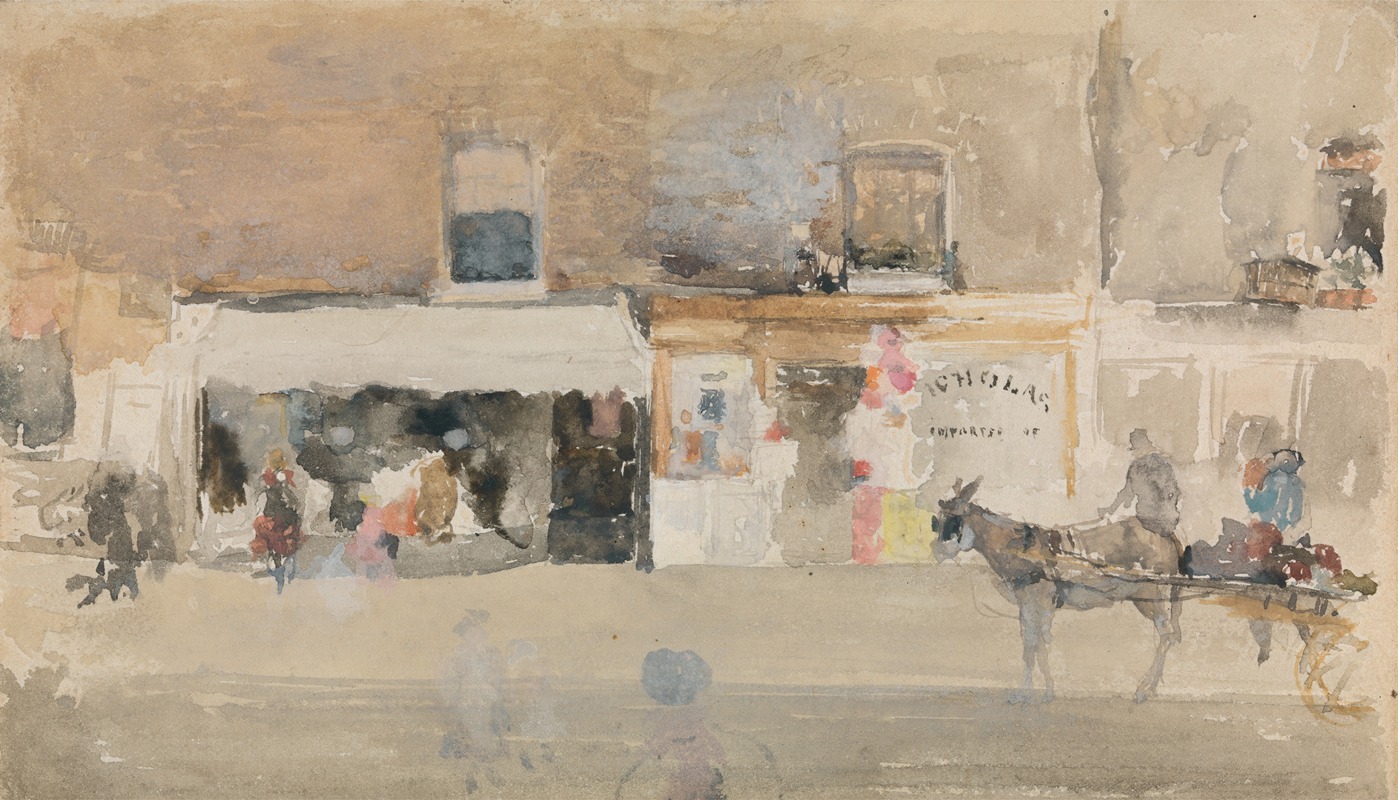
Street Scene in Chelsea
A hand-painted replica of James Abbott McNeill Whistler’s masterpiece Street Scene in Chelsea, meticulously crafted by professional artists to capture the true essence of the original. Each piece is created with museum-quality canvas and rare mineral pigments, carefully painted by experienced artists with delicate brushstrokes and rich, layered colors to perfectly recreate the texture of the original artwork. Unlike machine-printed reproductions, this hand-painted version brings the painting to life, infused with the artist’s emotions and skill in every stroke. Whether for personal collection or home decoration, it instantly elevates the artistic atmosphere of any space.
"Street Scene in Chelsea" is a painting by the American-born artist James Abbott McNeill Whistler, who is renowned for his contributions to the Aesthetic Movement and his influence on the art world during the late 19th century. Whistler, born on July 11, 1834, in Lowell, Massachusetts, spent much of his career in Europe, particularly in London, where he became an integral part of the artistic community.
Whistler moved to London in the 1850s and became fascinated with the city's atmospheric qualities and urban landscapes. Chelsea, a district in West London, was one of his favorite locales, and he lived there for many years. The area was known for its bohemian lifestyle and was home to many artists and writers, making it an inspiring environment for Whistler.
"Street Scene in Chelsea" reflects Whistler's interest in capturing the mood and essence of urban life. Although specific details about the painting, such as its exact date of creation, are not widely documented, it is consistent with Whistler's style during his time in London. His work often focused on the interplay of light and shadow, and he was known for his ability to convey the subtleties of the urban environment.
Whistler's approach to painting was heavily influenced by his belief in "art for art's sake," a principle that emphasized the importance of beauty and aesthetic experience over narrative content. This philosophy is evident in "Street Scene in Chelsea," where the emphasis is on the visual and emotional impact of the scene rather than a specific story or message.
The painting likely features the muted color palette and delicate brushwork characteristic of Whistler's style. He often employed a technique known as "tonalism," which involved the use of harmonious color tones to create a sense of atmosphere and mood. This technique allowed him to capture the fleeting effects of light and weather, which were central to his artistic vision.
Whistler's work in Chelsea, including "Street Scene in Chelsea," contributed to his reputation as a leading figure in the Aesthetic Movement. This movement sought to promote the idea that art should be appreciated for its beauty and form rather than its moral or social messages. Whistler's paintings, with their focus on composition, color, and mood, exemplified this approach.
Throughout his career, Whistler faced both acclaim and controversy. He was known for his strong opinions and often clashed with art critics and institutions. Despite these challenges, his work has had a lasting impact on the art world, influencing subsequent generations of artists.
"Street Scene in Chelsea" remains an example of Whistler's ability to capture the essence of urban life and his dedication to the aesthetic principles that defined his career. His work continues to be celebrated for its innovative approach and its contribution to the development of modern art.







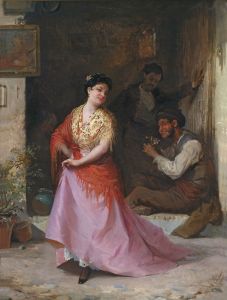


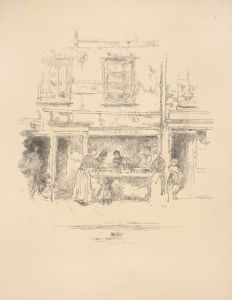

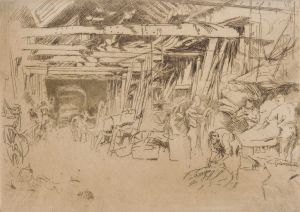

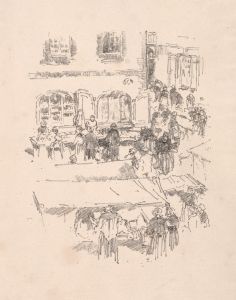

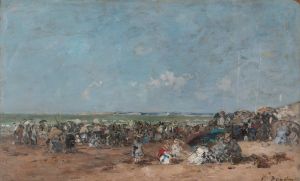
![[One from] Illustrations to Shakespeare 40](/imgs/258200/s/robert-smirke-one-from-illustrations-to-shakespeare-40-4c670d17.jpg)
